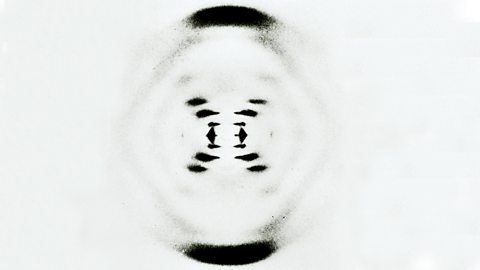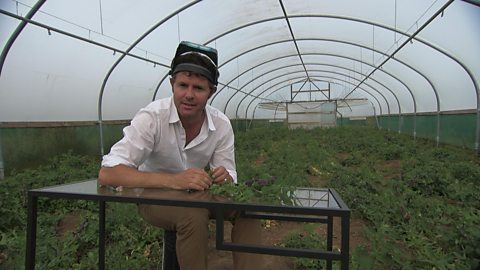Key points
A species is a group of organisms that interbreed to produce fertile offspring.
Selective breeding is when organisms are deliberately bred so their offspring have the desirable characteristics.
Species
A species is a group of similar organisms that can breed with one another to produce fertileCapable of producing offspring. offspring. For example, humans are one species and dogs are another species.
Individuals of the same species can reproduce to make more individuals of the same species. Two individuals belonging to different species cannot normally reproduce together. If they do, their offspring is often infertileNot being able to have children. and unable to reproduce.
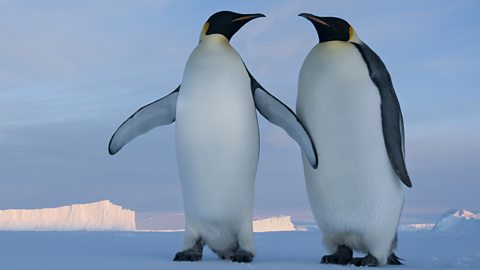
Ligers and tigons
Sometimes individuals from two different species can reproduce. For example, animals called ligers are produced when a male lion and a female tiger reproduce. Tigons are produced when a female lion and male tiger have cubs. Unlike many young from hybrid species, ligers and tigons can have offspring.
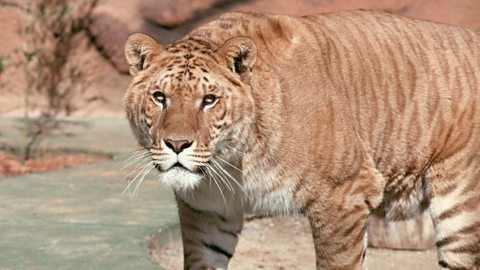
Selecting desired features
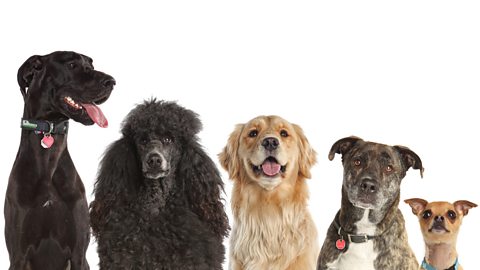
Pedigree dogs come in lots of different varieties. They may be different colours and sizes, but they are all still dogs. They are all still the same species.
The different varieties of dog have been produced through deliberate selective breedingAn artificial process in which organisms with desired characteristics are chosen as parents for the next generation. by dog-owners. Selective breeding only occurs when humans intervene. For this reason selective breeding is sometimes called 'artificial selection'.

These are the steps taken to select a particular feature in an organism:
- Choose individuals with the desired feature.
- Let only these individuals reproduce.
- Choose the offspring that have the desired feature.
- Let only these individuals reproduce.
- Repeat steps 3 and 4 until you have produced a variety in which all the individuals show the desired feature.
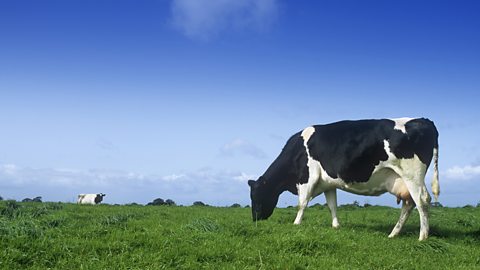
For example, suppose you were a farmer who wanted a variety of cow that produced a lot of milk. This is what you could do:
- Select the cows in your herd that produce the most milk.
- Let only these cows reproduce.
- Select the offspring that produce the most milk.
- Let only these individuals reproduce.
- Keep repeating the process of selection and breeding until you produce a breed that consistently produces a lot of milk.

Other examples of selective breeding
The key to success is to identify the feature you want, only breed from the individuals that have that feature, and do not allow individuals with undesirable features to breed. Here are some examples of what selective breeding can produce:
- Hens that lay big eggs of a particular colour.
- Cows that produce more meat or creamier milk.
- Tomato plants that produce lots of tomatoes.
- Crops that are resistant to certain plant diseases.
- Bananas which have a sweeter and larger fruit.
Test your knowledge
GCSE exam dates 2025
Find out everything you need to know about the 2025 GCSE exams including dates, timetables and changes to exams to get your revision in shape.

More on Inheritance and genetics
Find out more by working through a topic
- count9 of 11
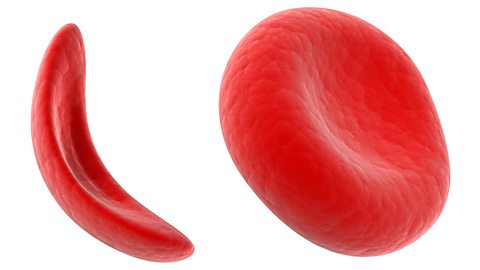
- count10 of 11

- count11 of 11

- count1 of 11
